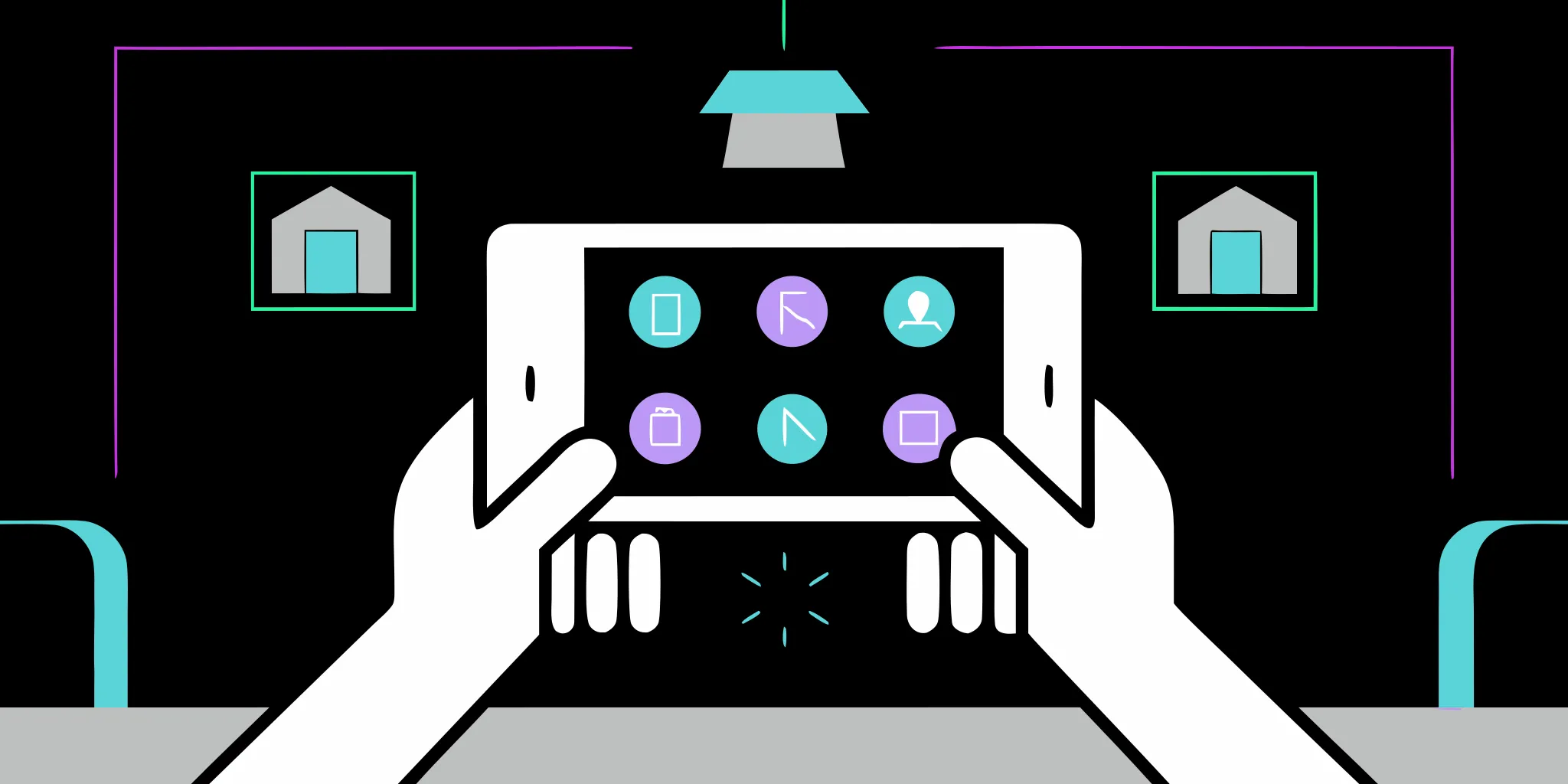
This guest post was originally contributed by Donately on June 29th, 2021. The original author has updated this post as of May 3rd, 2023.
Thanks to advances in fundraising technology, many nonprofits have access to an increased number of digital fundraising opportunities. From Facebook Challenges to recurring gifts, there is an abundance of ways your organization can engage with and secure support from donors online.
When your nonprofit hosts multiple online fundraisers at any given time, it’s crucial to align your digital fundraising strategies to present a cohesive message that represents your mission. This ensures that, no matter how supporters encounter your organization online, they’ll find a polished platform and consistent message.
Here are four essential strategies to standardize your digital fundraising across online platforms:
- Maintain consistent branding across platforms.
- Create a user style guide for fundraising materials.
- Use data to construct compelling written appeals.
- Standardize the process for thanking donors.
Since each platform has its own strengths and appeals to different segments of your donor base, creating a coherent digital fundraising strategy across platforms will maximize your overall results. Let’s get started!
1. Maintain consistent branding across platforms.
With modern technology comes the power to create global connections at the click of a mouse or a tap of a finger. Chances are, you already interact with supporters on a variety of platforms, such as your nonprofit’s website, social media accounts, email, and text messaging.
To unify these fundraising efforts under a comprehensive fundraising strategy, you’ll need to align your branding across all giving platforms. According to Donately’s guide to optimizing your donation page, your online giving platforms should consistently feature:

- Your nonprofit’s logo and colors. By incorporating your logo and colors across all of your fundraising platforms, you’ll assure current and prospective donors that they’re interacting directly with your organization and that their contributions will go toward furthering your purpose.
- Your nonprofit’s voice. All of your communications and messaging should consistently reflect your organization’s mission and personality to enhance trust with donors and increase brand recognition.
- Relevant and compelling visuals. Images are not only a powerful way to catch a prospective donor’s eye, but they can also compel supporters to feel more connected with your cause by seeing your mission in action. This both encourages emotional investment from your donors and demonstrates your nonprofit’s impact.
An effective way to maintain consistency is to create an organization-wide style guide with font, color, image, and language specifications for staff to use on all fundraising platforms. Furthermore, since the majority of nonprofit website traffic (54%) comes from mobile users, take the time to ensure that your content is mobile-friendly, so supporters can view your images and messages just as easily on their mobile devices.
2. Create a user style guide for fundraising materials.
It’s important for your supporter-created fundraising materials, such as Facebook fundraisers and peer-to-peer campaign pages, to reflect your organization’s brand as well. For instance, when Facebook users create a fundraiser, Facebook automatically populates sections with information from your nonprofit’s “About” page and uploads your page’s cover photo.
To assist your supporters with accurately representing your nonprofit, consider creating a Facebook style guide for fundraisers that includes:
- A webpage to host images and phrases for supporters to use in their Facebook fundraising pages.
- Two or three engaging images, along with relevant descriptions, that supporters can download and include on their pages.
- A quick thank-you message expressing appreciation to your supporters for fundraising on your behalf and making use of the style guide.
A user style guide can support any of your nonprofit’s peer-to-peer fundraising initiatives, so be sure to share this resource in your social media posts and email updates to empower your advocates. At the same time, encourage them to share their personal stories and connections with your cause in order to motivate prospective donors to give.
3. Use data to construct compelling written appeals.
Compel potential donors to complete the giving process with a brief yet compelling fundraising description. Your written appeal should succinctly communicate your virtual fundraising campaign’s purpose and the impact contributions will have in furthering your mission. For the best results, craft a fundraiser description that is:
- Data-driven. To create appeals that resonate with your donors, you’ll first need an in-depth understanding of your audience. Review relevant data you’ve collected in past virtual fundraisers to note effective strategies and areas for improvement. Identify what connects supporters to your cause and the marketing channels through which they prefer to receive messages.
- Attention-grabbing. Include a clear call to action that conveys a sense of urgency and encourages supporters to take a specific step toward addressing the issue you’re hoping to solve with your campaign.
- Moving. Help supporters connect emotionally with your mission by including a specific story featuring someone who has benefited from your organization’s work. Emphasize the role donors’ gifts played in providing your beneficiaries with the services they received.
- Concise. Your supporters should be able to understand your message at a glance. This ensures that they’ll be able to take quick action in deciding to give to your nonprofit.
Include this description in your organization and user style guides to use across various online platforms. This will save your staff time and make it more convenient for supporters to raise funds through their individual fundraising pages.
4. Standardize the process for thanking donors.
Thanking your supporters is vital for building relationships and retaining their support over time. This not only makes them feel valued for their contributions, but keeps them eager to stay involved with your organization.
First, the key is identifying those who’ve given to your nonprofit, from Facebook donors to text-to-give donors. Then, use the information you’ve collected in your donor profiles to craft personalized thank-you messages tailored to their interests, involvement history, and preferences. eCardWidget’s guide to donor thank-you letters highlights some essential tips for expressing your gratitude:
- Make it personal. Include your donors’ preferred names in thank-you messages to emphasize their individual value to your nonprofit. Mention their past involvement, such as past gifts, time volunteered, or events they’ve attended to support your mission.
- Demonstrate impact. Help your donors understand the value of their gifts by including specific details on how their contributions allowed your organization to make a positive impact on the community.
- Promote recurring gifts. Make it easy for donors to continue supporting your nonprofit by providing information on how to opt into your recurring giving program.
- Provide other engagement opportunities. Encourage your supporters to deepen their engagement with your organization by inviting them to other opportunities they may be interested in, from volunteering to signing up for your email newsletter.
Remember, it’s much more cost-effective to retain your donors than acquire new ones. By providing a positive and memorable donor experience across all digital fundraising platforms, your nonprofit can boost your donor retention rate and open up a reliable source of funding for years to come.
With the right technology and digital fundraising strategy, your organization can develop strong, lasting relationships with supporters online. Unifying your efforts across platforms under a cohesive strategy ensures that you maximize results and minimize expenses.
Aligning your digital fundraising strategy begins with thinking deliberately about your goals for each platform and how you’ll engage with supporters online. By doing so, you’ll secure more funding and awareness in the long run.

About the Author:
Jacob Spencer, Customer Success / Account Manager at Donately
Throughout my career, I've been able to help sales and success teams tackle new markets, grow, and expand. I strive to make fundraising easy with the right tools and the journey as enjoyable as possible. Leading with empathy, listening to actually solve problems, and remembering that we are all human are the key elements to growing any business in a meaningful way.


















